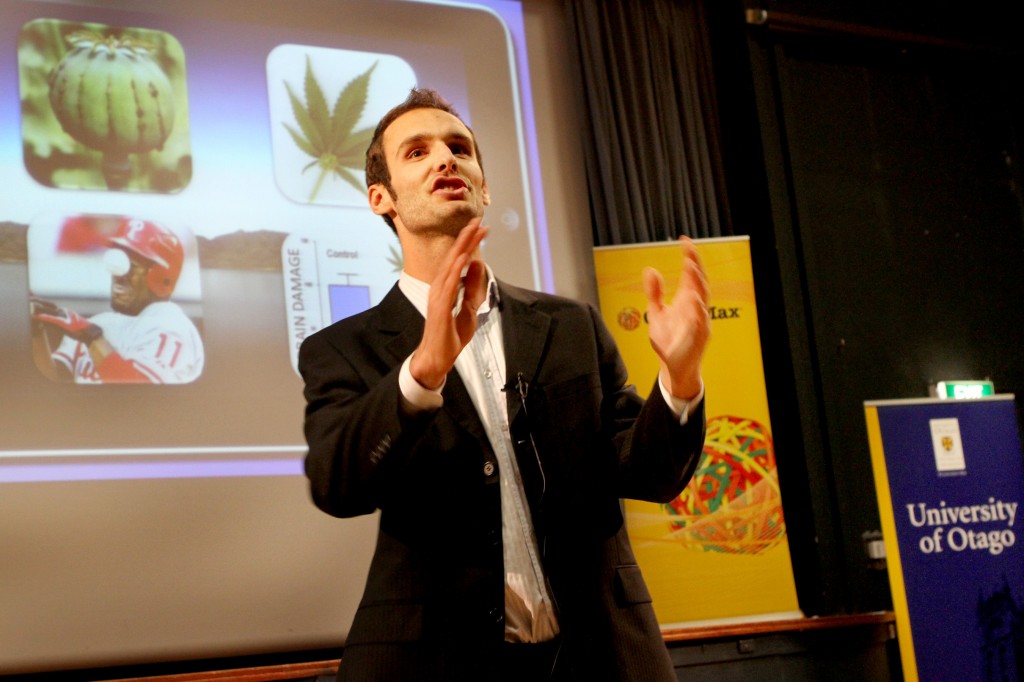Two things that science is struggling with at the moment are reproducibility and translatability. The problem where results are reported by a lab and then other labs struggle to reproduce the same result is happening more and more. Begley et al. (2013) attempted to repeat simple experiments from 53 papers on treating cancer cells in culture. They found that only 6 of the 53 compounds that were reported to kill these cancer cells actually did so. That is, they could only reproduce the results from around 10% of the studies. Translation is a form of reproducibility where a drug that works in animals models of a disease goes on to work in the clinical setting. As discussed in my blog “Why is animal research failing” (jackrrivers.com/?p=289) the number of drugs which work in animals models that then translate and work in the clinic is around one in every 300. Now scientists like myself have been discussing why science in struggling to have reproducibility and translatability. These discussion are normally done with an argumentative tactic known as the principle of charity. The principle of charity is a method of engaging in rhetoric where “the goal … is to avoid attributing irrationality, logical fallacies or falsehoods to the others’ statement”(wikipedia). That is to say that we attempt to explain why false or unrepeatable results in science occur without calling anyone a cheat or implying an intentional wrong doing. This is how I have approached the topic with the blogs “Why is animal research failing” (jackrrivers.com/?p=289) , Simple Statistics Provide Poor Prognosis for Science! (jackrrivers.com/?p=299) and Who owns knowledge and how do we know what is known? (jackrrivers.com/?p=251). And yes, research suggests that simple statistical analysis reveals that false results will occur frequently, unintentional biases are undoubtedly causing erroneous reports and positive publication bias means that we only read about the experiments that work and not that millions that don’t. But here’s the problem…. there are cheats out there and here is an example.
www.youtube.com/watch?v=wLlA1w4OZWQ
But the problem is that most cheats don’t report obvious fake photographs, they report fake numbers and when numbers are faked it is nigh on impossible to prove. Furthermore, those who do cheat cleverly have greater opportunities in their career. They will get more publications in more important journals. Their career will soar and as long as they don’t do “an Icarus”, it is unlikely that they will get caught (Icarus example- blogs.nature.com/news/2014/04/acid-bath-stem-cell-scientist-apologizes-and-appeals.html). What do we do about it? Well perhaps for a start…… we talk about it. But it is not that simple. One reason scientist have been using the principle of charity is that it is a very strong method of argument but I believe another reason is that scientists feel that if we start saying out right that many results of science are caused by intentional cheats we undermine the credibility of all of science. We don’t want to punch holes in the hull of the boat we are trying to sail! Given that the anti-vaccine movement is still strong despite vaccines being one of the greatest discoveries of science and that I can still go into any pharmacy in my city and buy homeopathic pills, I completely understand the difficulty in balancing the role of being an ambassador of science and at the same time highlighting science’s very human properties.
